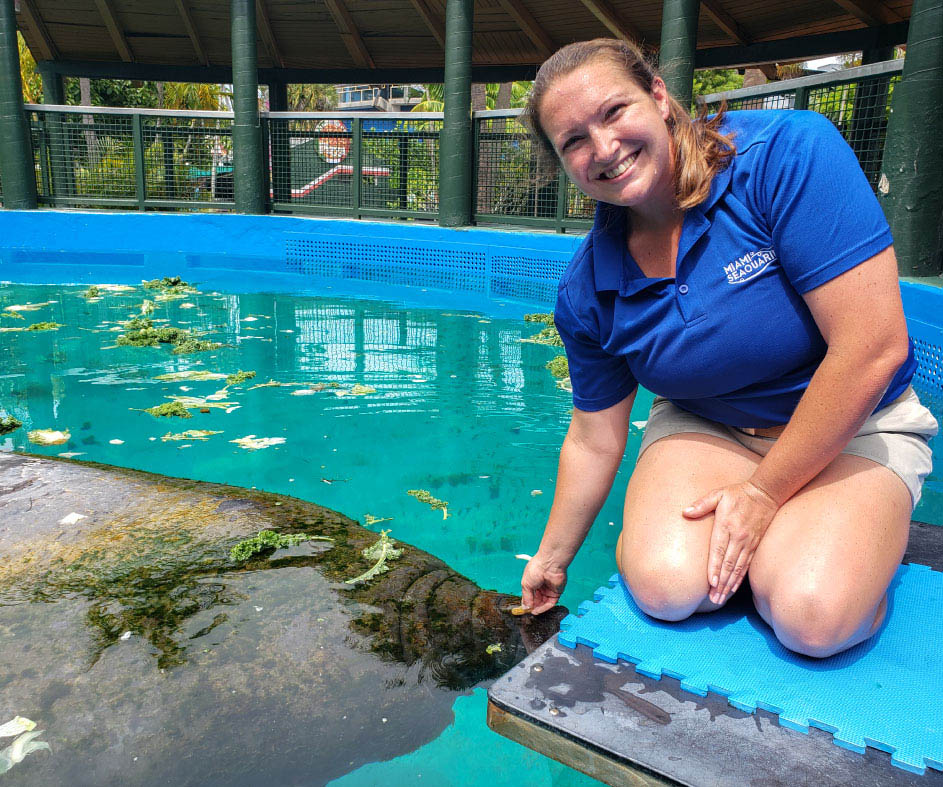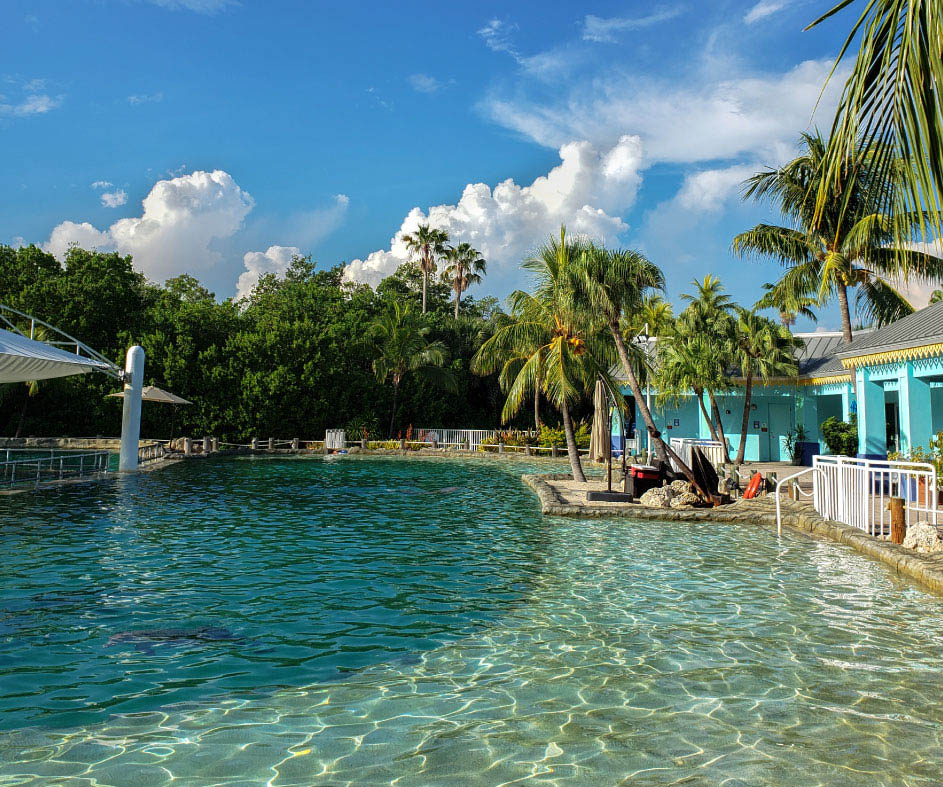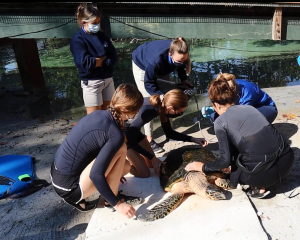As one of America’s first marine life zoo-aquariums, Miami Seaquarium has been on the forefront of animal care and conservation for more than six decades.
Caring for the hundreds of animals that call the Seaquarium home while also providing and educational and enjoyable experience for hundreds of thousands of visitors annually takes a concerted, coordinated effort from our staff. With our Team Members bringing expertise in fields such as animal care, life support, operations, guest service and more, we are proud of the work done here towards conservation of our world, its natural resources and the animals in our care.



